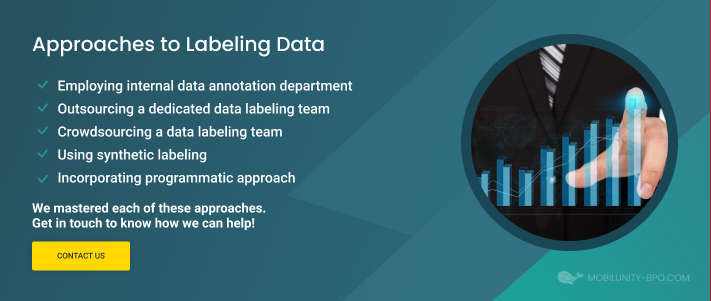With so much data used on the internet, it’s important to have powerful methods in place to recognize data and organize it to be found by the right algorithms. One of the most effective methods of identifying data is data labeling.
In machine learning, data labeling involves identifying raw data, such as images and videos, and adding one or more informative labels to create context so that a machine learning model can find it and learn from it.
If you have large amounts of data you want to utilize for machine learning (ML), you need specific tools and people to enhance it so you can effectively tune your model. Many businesses hire professionals such as data annotation specialists to take on the task of data labeling.
Top Qualities a Dedicated Data Annotation Specialist Should Have
When looking into hiring a data labeling professional, it’s important to know which skills and experience to look out for. Here are some of the top qualities a data annotation specialist should have to complete certain tasks and take on specific responsibilities:
Ability to work on repetitive tasks efficiently
Data labeling can become a lengthy and repetitive task and, therefore, a specialist for data entry solutions should be able to work without becoming distracted or bored.
Good communication skills
A dedicated labeler should be able to communicate important information clearly to other teams, both in writing and verbally.
Ability to multitask
Data labeling involves completing several tasks. Data labeling specialists should have the ability to work fast and accurately on different tasks.
Good attention to detail
Making mistakes can lead to inaccurate identification data. Therefore, data annotation specialists offering outsource data entry services should pay special attention to detail.
Five Things to Know About Data Labeling for ML
Before investing in outsourcing data entry services for your business, it’s essential to learn more about the subject. Here are five key things to know about data labeling for ML:
Data labeling starts with data collection
Collecting the right type and amount of raw data in different formats is the first step of data labeling for machine learning. The collection of data can be done in two forms: One that your company collects internally, and the other, that is collected from external sources.
The quality of raw data is key
A big step towards accurate results of machine learning models is the quality of raw data. Before annotations are assigned, it’s important to check that data is acceptable for the task, effectively cleaned, and balanced.
Human-in-the-loop is part of the process
When testing data, humans should be involved to provide ground truth monitoring. Using a human-in-the-loop method allows you to check that your model is making the correct predictions.
You need a data labeling platform
To complete data labeling tasks, you need a suitable platform. There are many options to choose from, from building one in-house, to using open-source tools, or leveraging commercial platforms.
Data labeling can be automated
Apart from being completed manually, the process of data labeling for machine learning can also be assisted by software. Tags can easily be identified and added to training datasets automatically with a technique known as active learning.
The Bottom Line
Machine learning is only as good as the data it is trained with. With both the quality and quantity of data determining the success of an ML algorithm, it’s no surprise that the majority of time spent on an ML project is working with data training processes, including data labeling. It forms an important part of ensuring data can be found and identified successfully.

